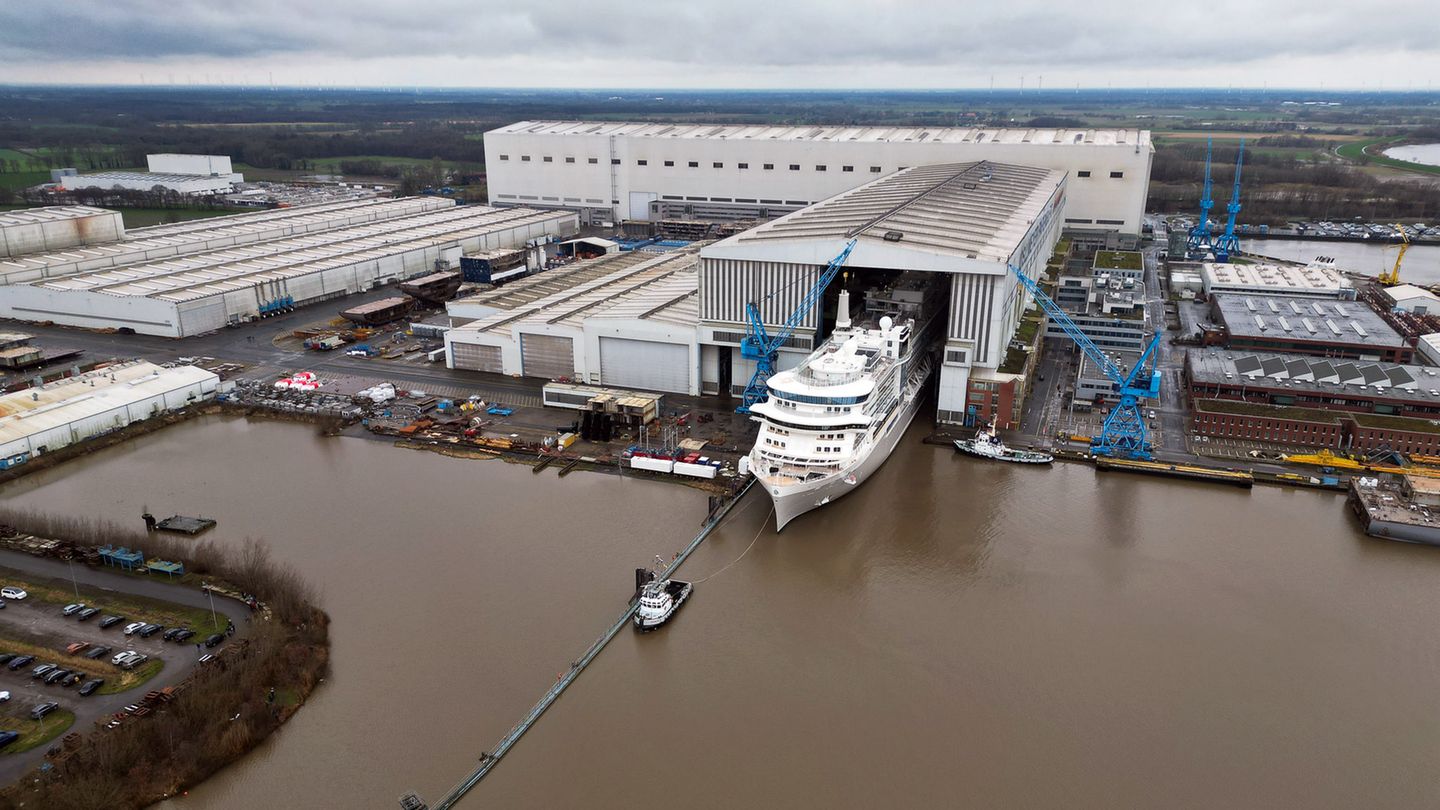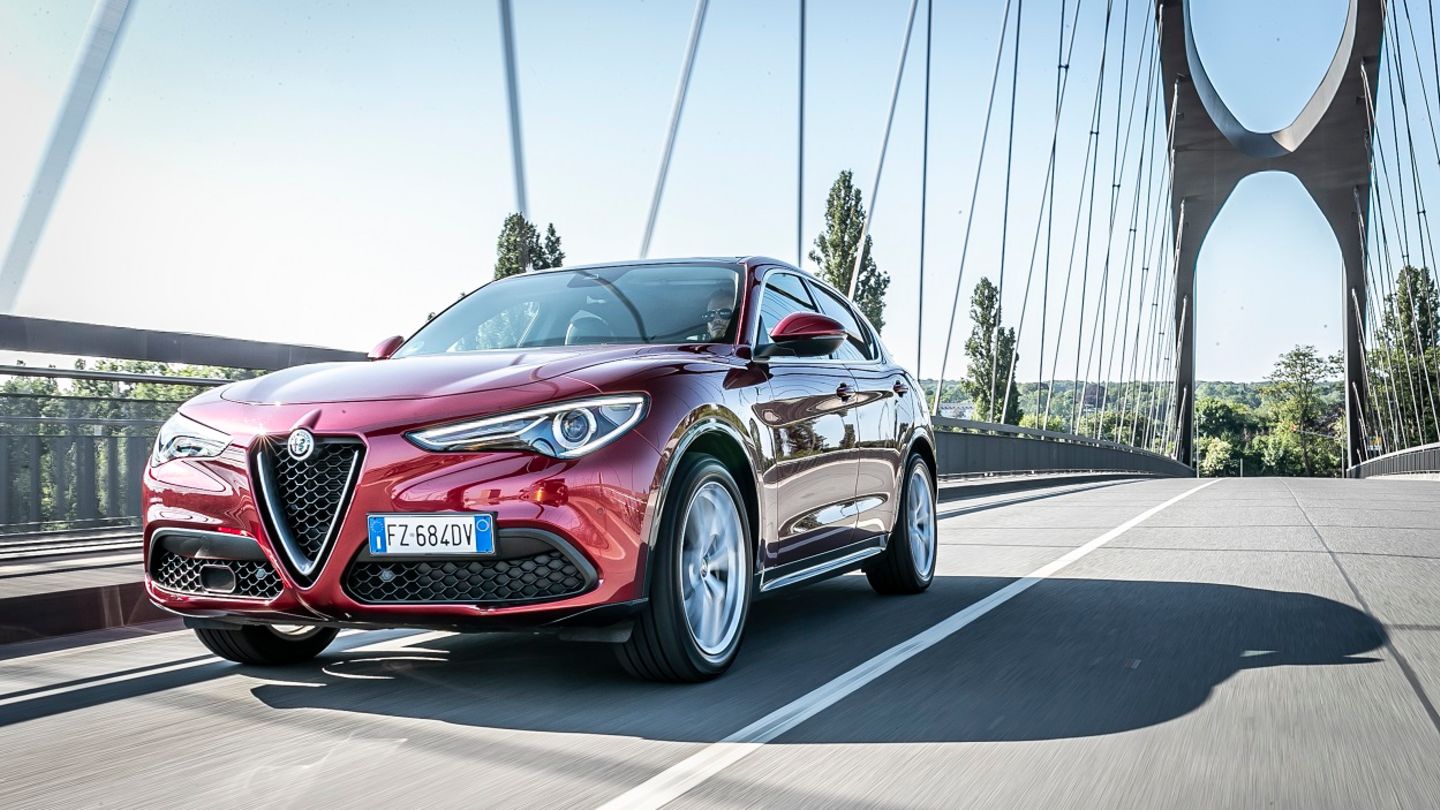interview
The state is saving the ailing Meyer Werft with a billion-euro package. Shipping expert Max Johns in an interview about the causes of the crisis and the future of shipbuilding.

This is original content from the Capital brand. This article will be available for ten days on stern.de. After that, you will find it exclusively on capital.de. Capital, like the star to RTL Germany.
Capital: Mr. Johns, Meyer Werft has been fighting for survival for months. Now the federal government and the state of Lower Saxony are saving it with 400 million euros in equity and guarantees. The state is taking over 80 percent of the company’s shares. Does that make sense?
MAX JOHNS: If the aim is to save jobs and not lose taxpayers’ money, it makes sense for the state to get involved. Three years have been set aside to find another investor. So it is only meant to be a stopgap measure. If such an investor can then be found, the investment will have been worthwhile. It would not make sense for the state to become an entrepreneur in the long term or lose money. After all, this is neither a system-relevant company nor a “crown jewel”, as the Chancellor said. To do this, the shipyard would not only have to be well positioned technologically, but also economically, socially, ecologically and have exemplary governance. That is hardly the case.

The Meyer family should be able to buy back the company shares later. What do you consider to be a likely exit scenario?
The family has not yet managed to convincingly create a transition from the older generation to the younger. I cannot say for sure whether this will be successful in a second attempt. But doubts seem justified. An external investor is probably more likely. Private equity companies are not really an option. It is more likely that other technology or shipyard companies will be interested in Meyer Werft, such as Chantier de l’Atlantique from France or Fincantieri from Italy. Both also have a cruise portfolio and could be interested in the portfolio and the location.
After Galerie Karstadt Kaufhof, is the state now facing another million-dollar grave? Or does Meyer Werft have a realistic prospect of a good economic future?
You have to differentiate between the two: a maritime company like this can get into trouble because it works poorly or doesn’t make good products. In this case, however, one of the main reasons for the crisis is a management error: the contracts for the ships do not contain any escalation clauses, for example for material costs. This means that they were drawn up without adequate protection against inflation. The financial problem is now being repaired. With the existing order book, there can be a promising future. However, the maritime economy is extremely volatile and external influences such as recessions, wars or pandemics can have a major impact on the cruise business.
Meyer Werft cannot renegotiate the prices and must now sell the ships at prices that are actually too low. In addition, there was a Corona gap.
The shipping companies were practically unable to organize cruises for two years and therefore asked for ships to be delivered later. The shipyard was left with half-built ships for that long, some of which it had pre-financed and for which it initially received no money. It was unable to cope with this long period of interim financing. Shipbuilding is very expensive; for a single ship we are talking about around 1 billion euros to finance all stages. However, as the shipyard’s order book looks at the moment, it is in a good position and its products are in great demand. In this respect, there is a chance that it will not become a million-dollar hole, because at least at the moment there is demand from customers. This distinguishes it from Galeria Karstadt Kaufhof. There, the business model was fundamentally called into question because people are going to department stores less. If one of the crises mentioned occurs, problems could of course arise again. That is why it is important that state funding is quickly scaled back.
Critics, however, argue that Germany is not a good location to build ships: labor costs are too high, returns are too low, and global competition is considered tough.
In fact, the construction of cruise ships in Germany is likely to be a dying breed in the long term, just as it was the case for less complex commercial ships in the second half of the last century. It will continue to work as long as there is no cheap competition. That will come from China. However, it is very difficult to predict when that will happen. It could take ten or twenty years.
Source: Stern




